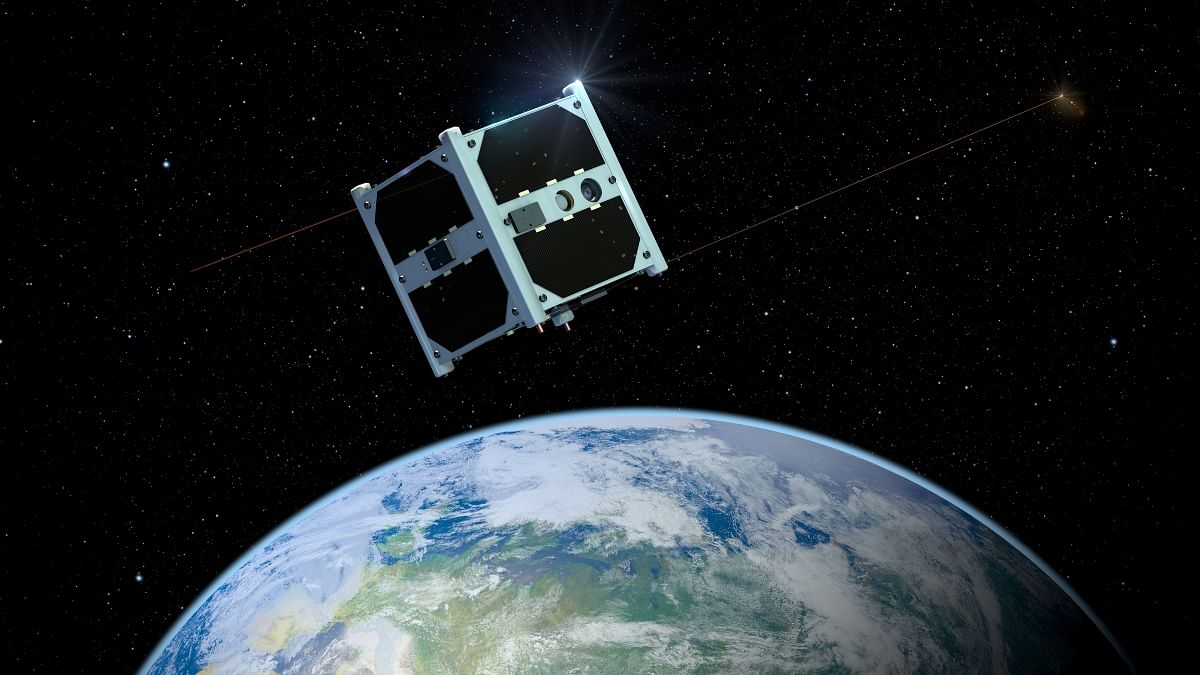Bengaluru: Scientists and engineers from Kyoto University, in collaboration with the logging company Sumitomo Forestry, are creating the first biodegradable satellite that will be made of wood, called LignoSat.
The team plans to use magnolia wood, which in experiments at the International Space Station (ISS), proved to be resilient to cracking in outer space.
The plan to build the satellite came from the objective of reducing space debris — objects like discarded rocket stages, defunct satellites, destroyed satellite parts, and even particles like flecks of paint — that float around in orbit for several kilometres around earth.
These objects and tiny particles pose a huge risk to orbiting spacecraft and satellites, and any collision could theoretically be quick to spiral out of control in atmosphere-less space.
Today there are almost 8,500 satellites around earth, of which nearly half are non-functional and have become space debris. Wooden satellites will either burn up fully when they reenter due to the flammability of wood, or fall down to earth as biodegradable material that would not cause environmental damage.
“All the satellites which re-enter the Earth’s atmosphere burn and create tiny alumina particles, which will float in the upper atmosphere for many years,” Takao Doi, Japanese astronaut and aerospace engineer in Kyoto University, told BBC in 2020. “Eventually, it will affect the environment of the Earth.”
Also read: Japan successfully launches next-generation H3 rocket after failure last year
The team has been working on the project since 2020, experimenting and evaluating different types of wood to understand their resilience in outer space. After the first series of tests in labs that recreate outer space conditions, samples were sent to the ISS for a year.
It is yet to be determined when the rocket will fly and who will fly it, but the cubesat is expected to fly this year and operate in space for at least six months.
The use of LignoSat, a small cube satellite that can be held in one’s palm, will be a pioneer of environmentally friendly satellites. Multiple studies over the last decade have shown that particles and metals released from rocket and satellite bodies, including craft burning up in the earth’s atmosphere, can damage the ozone layer.
For the mission, many types of wood were tested, including Japanese cherry wood, before magnolia came out the winner after a year-long exposure to outer space onboard the ISS. Doi himself visited the space station in 2008, becoming the first person to play with a microgravity boomerang in space.
While the boomerang was retrieved, more serious objects contribute to space pollution and space debris. Decommissioned and dysfunctional satellites still in orbit are unmanouverable, and they move at 28,800 km per hour through space.
Collision of one particle with a craft, both travelling at high speeds, could break up the entire satellite, theoretically into thousands of pieces, which in turn can spread debris across orbits and heights. This could lead to a scenario described as Kessler syndrome where the density of objects in low-earth orbit is so high that any collision leads to a runaway effect of more and more collisions.
(Edited by Tikli Basu)
Also read: ISRO successfully injects meteorological satellite INSAT-3DS into orbit using GSLV rocket

